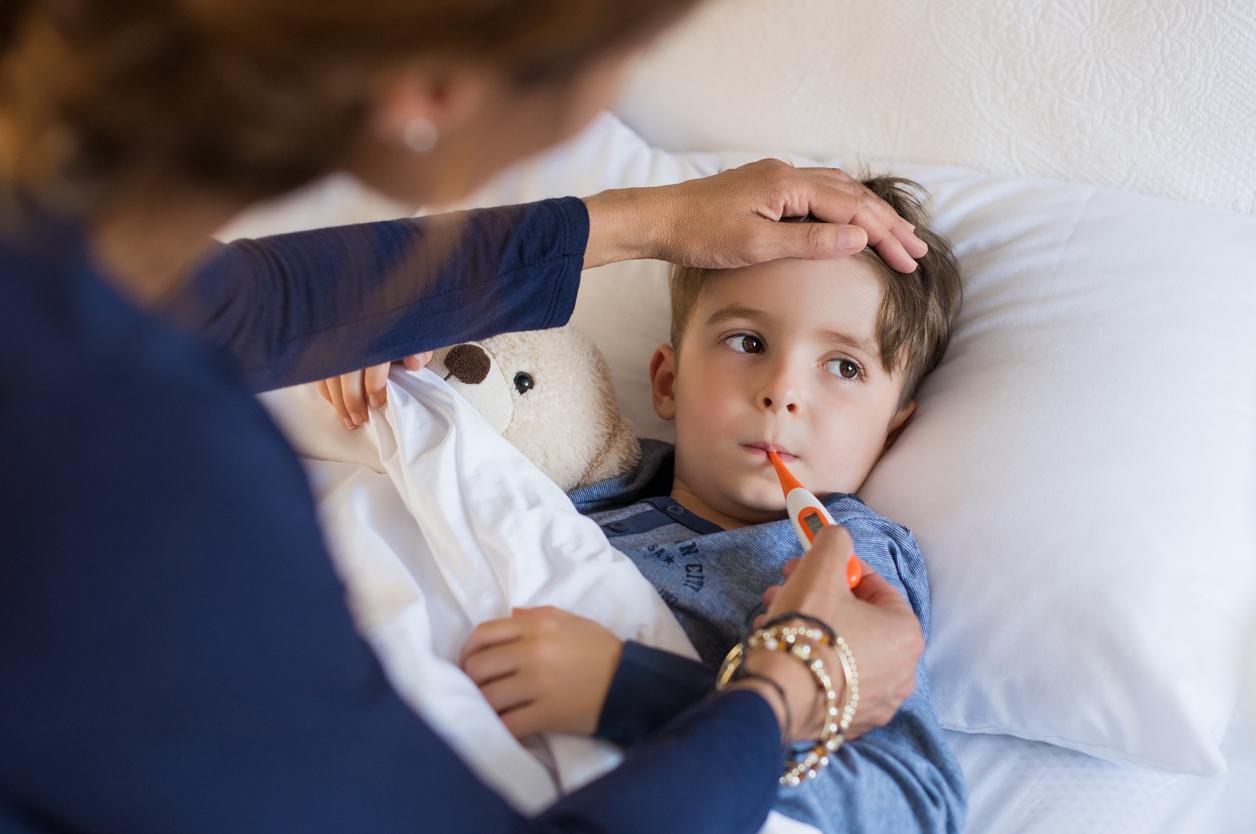Laundry pods are not candy. It seems so obvious that it seems illusory to specify it. However, the American health authorities are increasing the number of warnings in the face of the resurgence of cases of child intoxication. More and more children swallow or inhale laundry powders, often confused with confectionery.
Researchers from Ohio, in the United States, relay this problem in a study published in the medical journal Pediatrics. Laundry packaged in capsules or plastic bags contains an amount of concentrated chemicals, recalls Dr. Marcel Casavant, head of the toxicology department at the Ohio Poison Center Children’s Hospital, and co-author of The study. “These laundry capsules are small and colorful, which for a young child may remind of confectionery or fruit juice,” he told AFP.
Every hour a child swallows laundry
The danger of laundry packs has been quantified by Americans: from 2012 to 2013, poison control centers recorded 17,230 cases of ingestion, inhalation or exposure to chemicals from these laundry pods among less than 6 years old.
769 were hospitalized over the same period, an average of almost two per day. One of these children even died.
Two-thirds of cases concern two-three-year-old babies, who easily put objects in their mouths.
Among the symptoms observed, it is vomiting (48% of cases) which recurs most often, then cough, choking (13% of cases), eye irritation, lethargy or conjunctivitis.
The authors of the study conclude by calling for “national safety standards for these packages” too easy to open by children.
Accidents in France too
France is also vigilant about the dangers of water-soluble laundry pods. Last June, the Directorate General of Health (DGS) reported an increase in accidents recorded by poison control and toxicovigilance centers. From 2005 to 2012, 7,562 accidental liquid exposurescontained in these pods had been reported.
A toxicovigilance coordination committee proposed in a report preventive measures against the exposure of young children, in particular “a danger pictogram” and clearer labeling with, among other things, “clear instructions in the event of exposure: eye decontamination and / or immediate and prolonged cutaneous in the event of projection and necessity of a medical consultation in the event of persistence of local signs “.

















